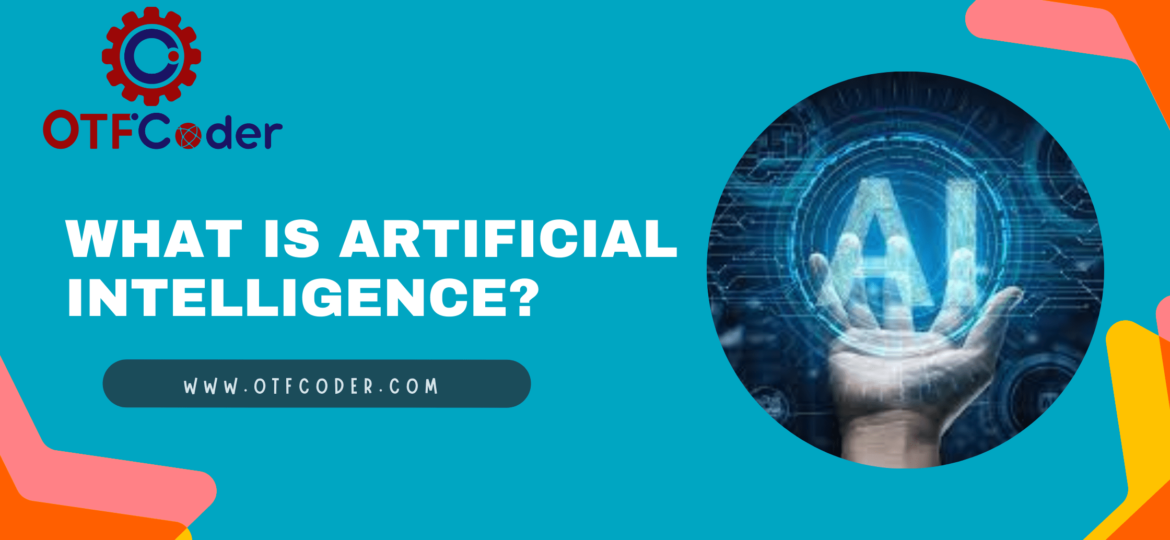WHAT IS ARTIFICIAL INTELLIGENCE?

What is Artificial Intelligence?
Artificial Intelligence (AI) is a rapidly growing field of computer science that has the potential to transform industries and revolutionize the way we live and work. In simple terms, AI refers to the development of computer systems that can perform tasks that typically require human intelligence, such as learning, reasoning, problem-solving, and perception. In this blog post, we will explore the basics of AI and its various applications.
Types of AI
There are three main types of AI: narrow or weak AI, general or strong AI, and super AI. Narrow AI refers to systems that are designed to perform a specific task, such as speech recognition, image recognition, or playing chess. General AI, on the other hand, refers to systems that can perform any intellectual task that a human can do. Super AI is a hypothetical future AI system that would surpass human intelligence in all domains.
Applications of AI
AI has a wide range of applications in various industries, including healthcare, finance, transportation, and entertainment. Here are some examples of how AI is being used today:
- Healthcare: AI is being used to analyze medical data, develop new drugs, and assist doctors in diagnosing and treating patients.
- Finance: AI is being used to detect fraudulent transactions, make investment decisions, and provide personalized financial advice to customers.
- Transportation: AI is being used to develop self-driving cars, optimize traffic flow, and improve logistics and supply chain management.
- Entertainment: AI is being used to develop video games, create music, and produce movies and TV shows.
How AI works
AI systems are typically designed using machine learning algorithms. Machine learning is a type of AI that allows machines to learn from data without being explicitly programmed. Instead, the machine learning algorithm is trained on a set of data, and it uses this training to make predictions or decisions about new data.
There are three main types of machine learning algorithms: supervised learning, unsupervised learning, and reinforcement learning. Supervised learning is when the algorithm is trained on labeled data, where the correct output is already known. Unsupervised learning is when the algorithm is trained on unlabeled data, where the correct output is not known. Reinforcement learning is when the algorithm learns by trial and error, receiving feedback in the form of rewards or punishments.
Challenges and future of AI
While AI has many promising applications, there are also several challenges associated with its development and use. One of the main challenges is the potential for AI to replace human workers, leading to job loss and economic inequality. There are also concerns about the ethical implications of AI, such as privacy violations and bias in decision-making.
Despite these challenges, the future of AI looks bright. Advances in AI are driving innovation and creating new opportunities for businesses and individuals alike. As AI continues to evolve, we can expect to see even more exciting applications and breakthroughs in the years to come.
In conclusion, AI is a rapidly growing field with the potential to transform industries and revolutionize the way we live and work. From healthcare to finance to transportation and entertainment, AI is being used in a wide range of applications today. While there are challenges associated with its development and use, the future of AI looks bright, with many exciting opportunities and breakthroughs on the horizon.




